| Plant Habit: | Herb/Forb |
| Life cycle: | Annual |
| Sun Requirements: | Full Sun Full Sun to Partial Shade |
| Water Preferences: | Mesic Dry Mesic Dry |
| Plant Height: | 3-8 feet |
| Plant Spread: | 18-24 inches |
| Leaves: | Other: edible |
| Flowers: | Showy |
| Flower Color: | Green Red Other: scarlet. There are cultivars with yellow green flowers as well. |
| Flower Time: | Summer |
| Uses: | Culinary Herb Cut Flower Dried Flower Suitable for forage |
| Edible Parts: | Leaves Seeds or Nuts |
| Eating Methods: | Raw |
| Resistances: | Drought tolerant Salt tolerant |
| Propagation: Seeds: | Self fertile Needs specific temperature: 65 degrees + Days to germinate: 10-15 days Depth to plant seed: 1/8" to 1/4" (<1/2") Sow in situ Start indoors Can handle transplanting Other info: Does not transplant well. Recommended to start where will be grown. 60-70 days from initial sowing to bloom time. Also, an agronomic crop/grain. |
| Pollinators: | Self Wind |
| Containers: | Suitable for hanging baskets |
| Miscellaneous: | Tolerates poor soil |
| Awards and Recognitions: | Other: MOBOT rates it at 5 stars |
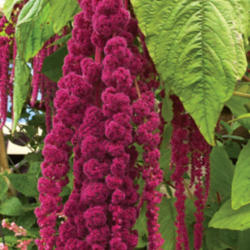

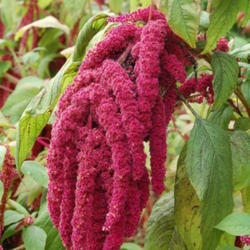
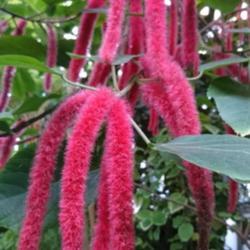

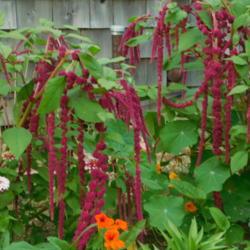
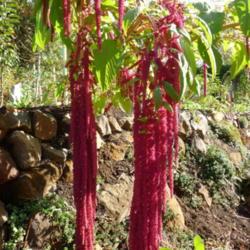
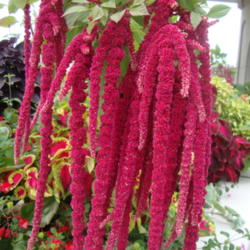
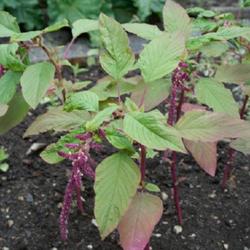
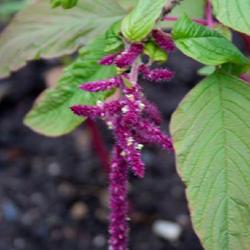
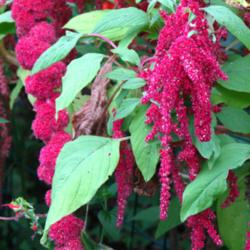

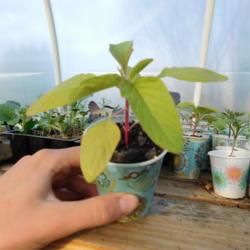
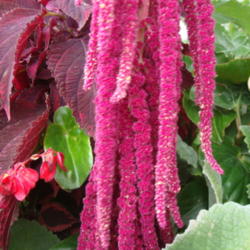
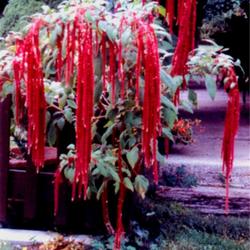
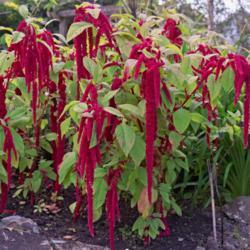
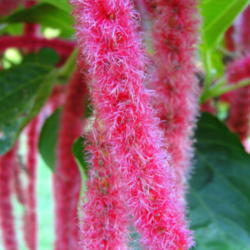
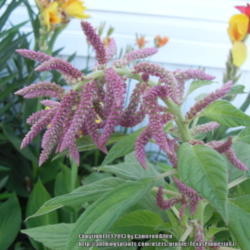
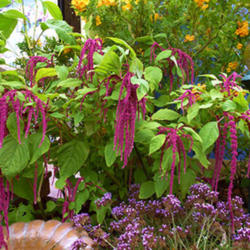
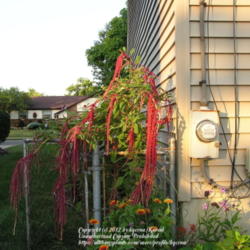
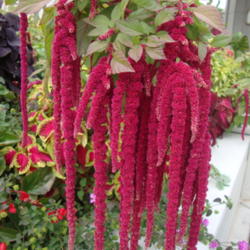
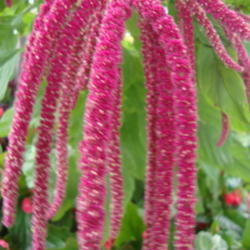
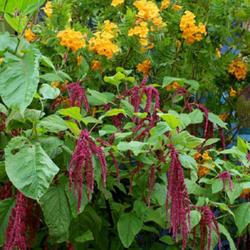
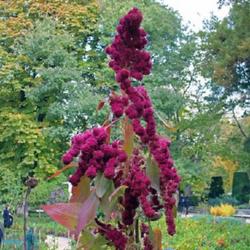
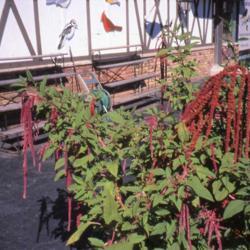
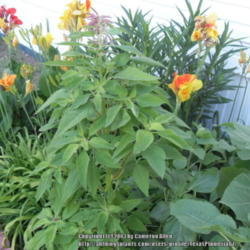
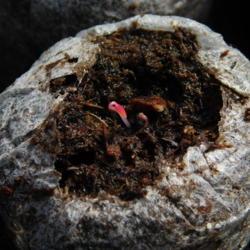
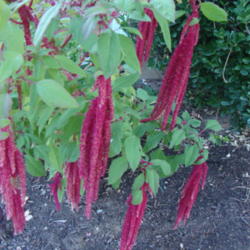


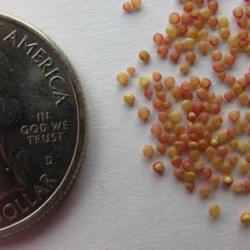
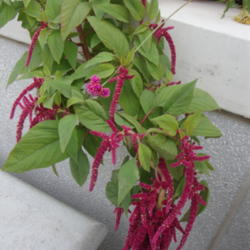


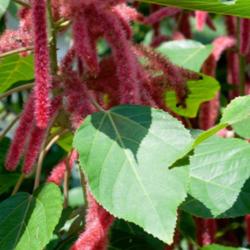
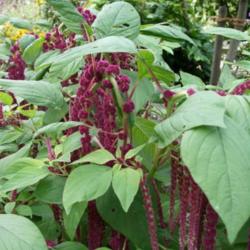
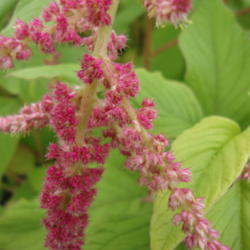
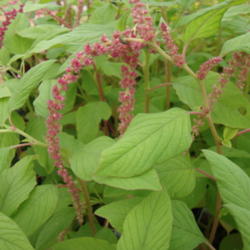

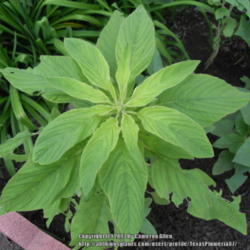
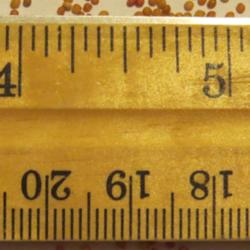
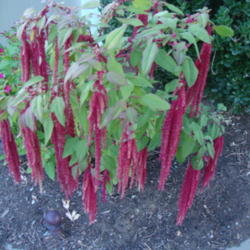
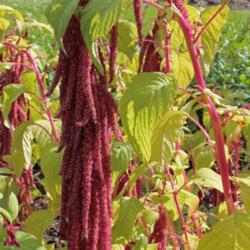

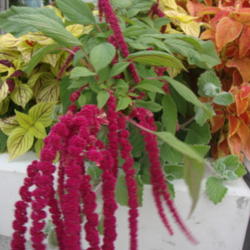
| joannmorford | On June 4, 2017 | Seeds sown |
| paleohunter | On March 19, 2023 | Seeds sown |
| Thread Title | Last Reply | Replies |
|---|---|---|
| id? by Calif_Sue | Oct 3, 2013 3:41 PM | 6 |